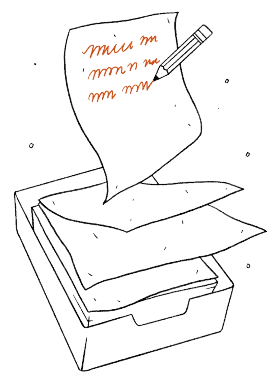Today's News, Tomorrow's Lesson - February 18, 2014
The Winter Olympics, with its 15 sports taking place on ice or snow, has sometimes been jokingly described as “several different types of sliding.” But although that tongue-in-cheek description overlooks the incredible athleticism and skill on display, it is fair to say that much of the games’ action relies on physics.










